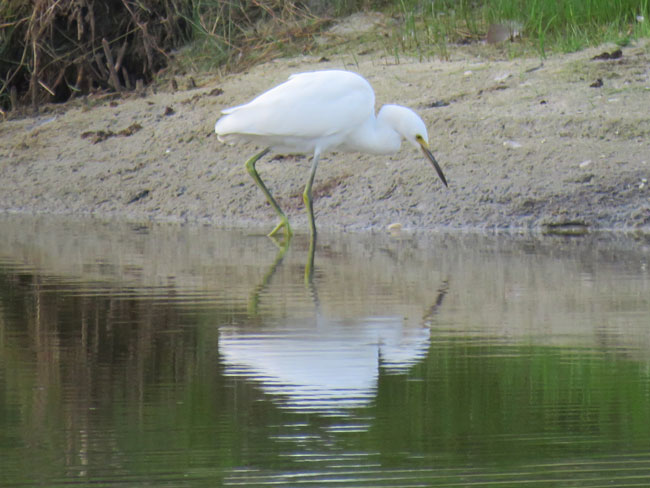
Please bear with me as I post more photo memories to take with me when we move! Harkness Memorial State Park is one of my favorite places, year-round for the waterbirds and in the summer for the flower gardens. On this walk we were immediately greeted by a sweetly singing song sparrow, who flew from branch to branch, teasing me. But I did get a few pictures of him!




(thanks to Donna for the identification)
American Black Duck Anas rubripes: Common coastal migrant and wintering species. In summer, an uncommon breeding species in freshwater and brackish habitats, especially coastal marshes; inland nesting occurs in freshwater marshes, densely forested swamps, and beaver ponds, mainly in central and western Connecticut.
~ Frank Gallo
(Birding in Connecticut)

The American Black Duck hides in plain sight in shallow wetlands of eastern North America. They often flock with the ubiquitous Mallard, where they look quite similar to female Mallards. But take a second look through a group of brown ducks to notice the dark chocolate-brown flanks, pale grayish face, and olive-yellow bill of an American Black Duck. Numbers of this shy but common duck declined sharply in the mid-twentieth century. Hunting restrictions have helped to stabilize their numbers, although habitat loss remains a problem.
~ All About Birds webpage






but it took me a long time to locate it!








Today was a beautiful, calm, spring day. No wind! A woman was there trying to fly a kite, which is possible there more often than not, but she had to give up. The temperature was 52°F (11°C) so I had my first walk of the year with no thermal leggings, wearing my spring hoodie. 🙂 I am going to miss living by the sea very much.


































































































































